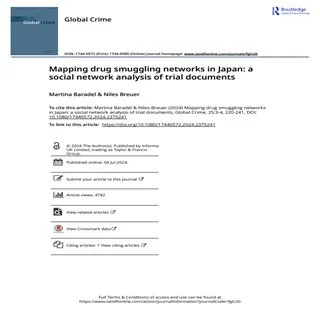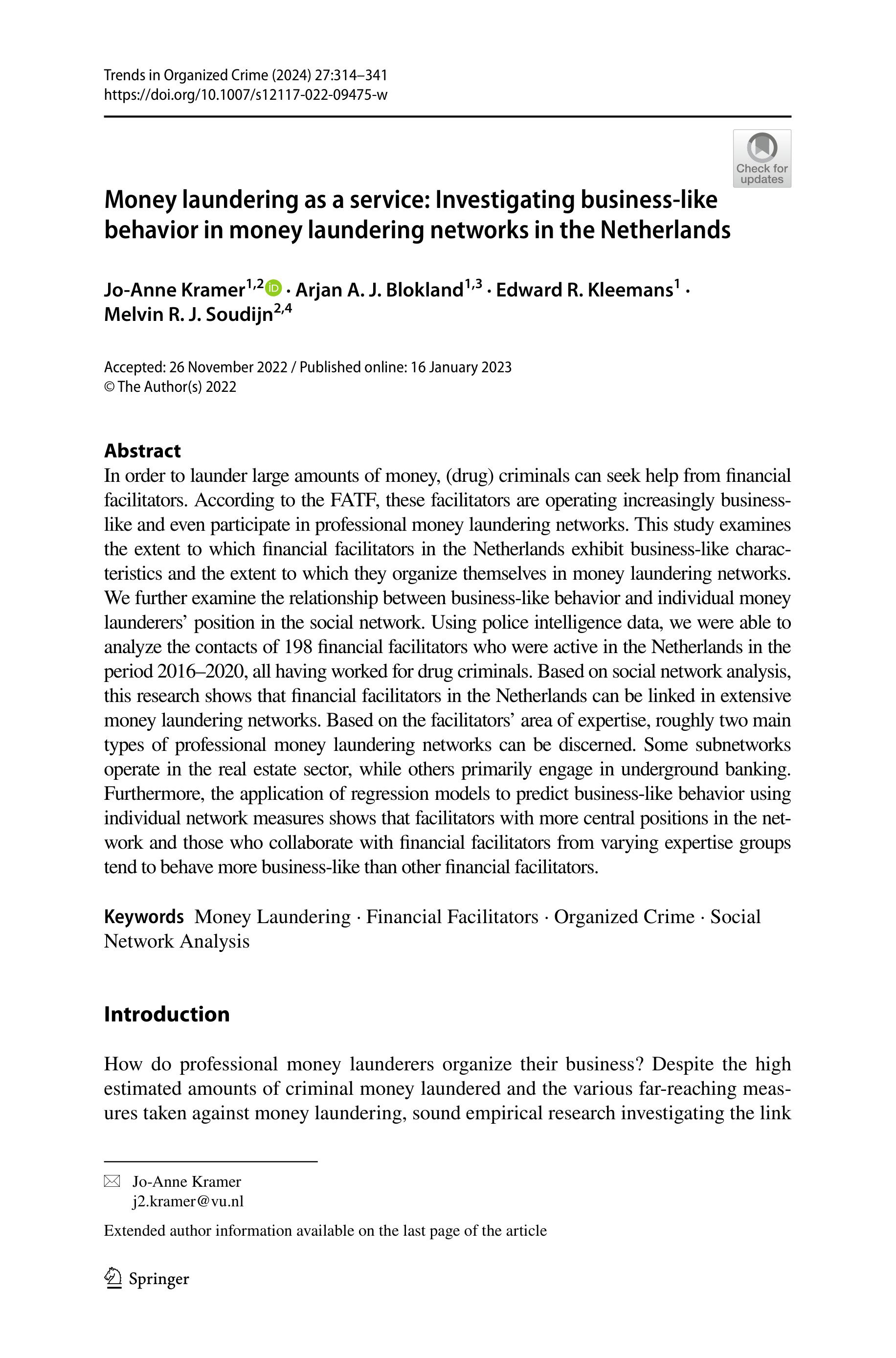By Martina Baradel & Niles Breuer
This paper addresses a significant gap in drug market literature by examining high-level drug trafficking networks in Japan. We focus on three aspects: the structure of drug importation networks, the impact of transport methods on these structures, and the role of Japan’s mafia, the yakuza. Using novel statistical techniques that extend exponential random graph models (ERGMs) to multi-network samples, we analyse 573 Japanese trial documents on wholesale drug importation. We test the theory that trafficking operations with higher information-processing demands exhibit more efficiency-oriented network structures, while governance-type groups avoid expanding into trade activities. Our findings support these theories, showing that networks with higher information-processing demands are more efficiency-oriented but maintain security. Conversely, smaller networks with simpler transport methods prioritise security and concealment. Additionally, the yakuza do not organisationally engage in drug trafficking; when involved, yakuza members act as independent entrepreneurs.
Global Crime Volume 25, 2024 - Issue 3-4






